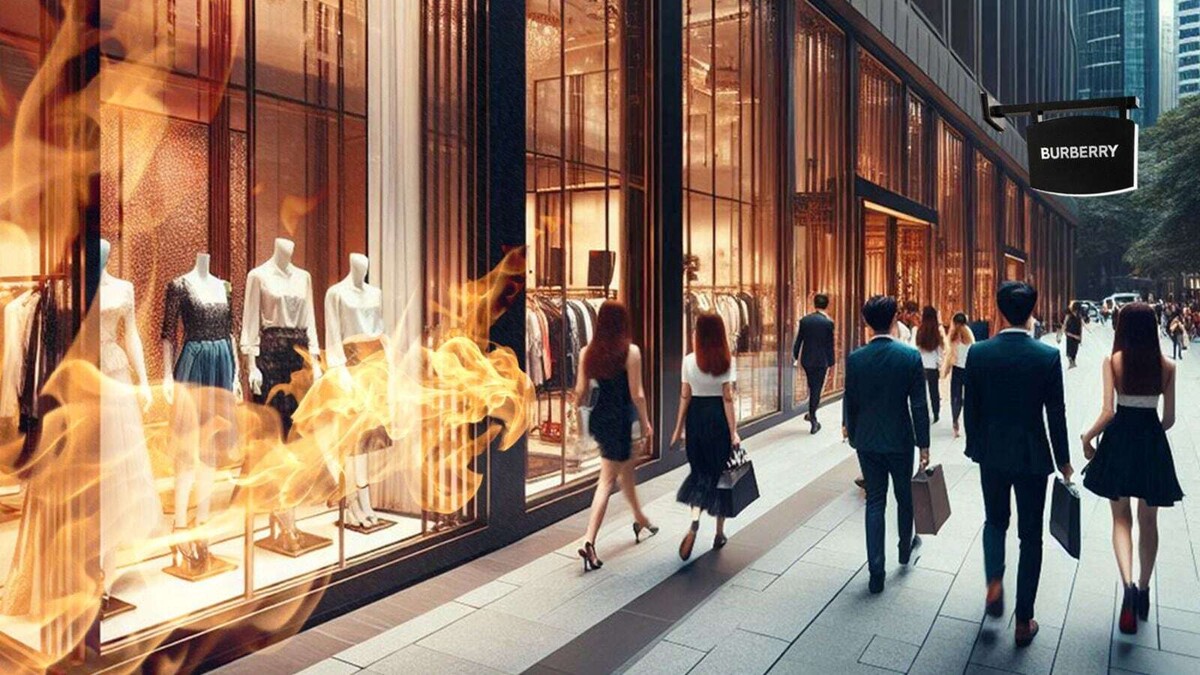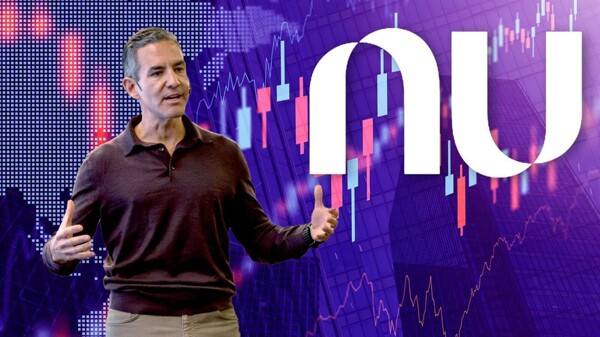
El Buen Fin 2024 is around the corner and it is expected that Mexicans will take advantage of promotions to indulge in a "luxury". Mexico leads luxury goods sales in Latin America, and brands are taking measures to protect the exclusivity of their products. For example, Richemont, owner of Cartier and Montblanc, is buying back its products to destroy them or reuse some pieces, preventing them from reaching outlets or being sold at low prices.
After questioning the destruction of unsold luxury clothing, companies have halted this practice. The UN has published the 'Climate Action Charter of the United Nations Fashion Industry' in an effort to promote sustainability in the sector. Mexicans lead sales within the region, although not everyone is aware of the controversial practices of some luxury brands.
An analysis of the luxury market reveals that its growth is driven by digital nomads, particularly from the United States and Canada. Mexico has experienced significant growth in this market, which is estimated to reach 50 billion dollars by 2032. Buyers are primarily men averaging 36 years old, with interests in business and the automotive industry.
Brands like Burberry, Cartier, Montblanc, and Louis Vuitton have been reported for burning unsold products, such as clothing, accessories, and perfumes, in order to preserve their value. This practice of product destruction is common in the industry, although some brands are exploring more sustainable options like donations or recycling. The pressure to maintain exclusivity remains a determining factor in these decisions.
Greenpeace has denounced that luxury brands like Chanel, Hermès, Piaget, Louis Vuitton, and others burn their unsold products to maintain exclusivity and increase their market value. This practice has generated criticism from both consumers and environmental organizations. The 'Climate Action Charter of the Fashion Industry' aims to reduce greenhouse gas emissions in the sector to achieve long-term environmental sustainability.













